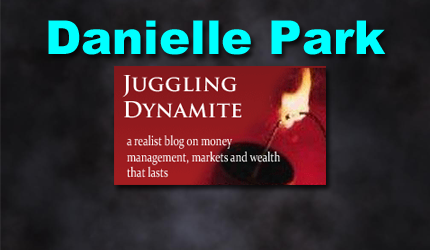August 28, 2025 | Government and Central Bank Housing ‘Help’ Has Made a Mess

I have said for some time that the housing bubble and now bust is the dominant economic challenge at hand, with broader financial impacts than trade tariffs.
Industry participants are starting to agree.
Toronto-area new home sales marked the worst July on record, “eclipsing” the 1990s housing downturn, according to a report yesterday from the Building Industry and Land Development Association (BILD). Desperation is building among new home sellers, drowning in inventory; see, Ontario homebuilder offering to pay property taxes, utilities as buyer market stalls.
In the first seven months of 2025, there were 32% fewer sales (3,007) compared with the same period in 1990 (4,434 sales).
For some context, the population in the latest Greater Toronto Area (GTA) / Census Metropolitan Area (CMA) has increased 72% from the 1991 census (6.712 million people from 3.893 million in 1991).
There were 359 new home sales in July, down 48% from July 2024 and 82% below the 10-year average, the report said. Historically, new home sales for a typical July in the GTA have been 1,941 units, based on the previous 10-year average.
Condos performed the worst, with 150 units sold in July, a 51% decline year over year and 89% below the 10-year average. Condominiums include units in low-rise, medium-rise, and high-rise buildings.
There were 209 single-family home sales in the GTA in July, down 44% from July 2024 and 60% below the 10-year average. Single-family homes include detached houses, semi-detached houses, and townhouses.
The benchmark price for new condos in July remained flat at more than $1 million, while new single-family home prices saw a 6% drop over the last 12 months, reaching $1.48 million in July–still an impossible 15x the median $97k pre-tax, total household income in the Toronto Census Metropolitan Area (CMA) as of the latest available Statscan data (2021).
The time it would take to sell existing inventory on the market, based on current demand, is 20 months. This is the highest inventory level seen to date. A healthy market level is considered 9 to 12 months.
Justin Sherwood, senior vice-president of communications, research and stakeholder relations at the Building Industry and Land Development Association (BILD), is imploring the government for ‘help’; see Toronto-area new homes market ‘flashing every possible warning light’ as industry sees worst July on record:
“Emerging from the 1990s downturn took years, with prolonged negative economic impacts and unemployment in the sector. The market, industry leaders, and top economists are flashing every possible warning light, and the lesson from the 1990s downturn is clear: if the government stands by, the pain will be deep and prolonged. To avoid repeating history, government intervention is not optional — it is urgently due.”
Unfortunately, it was the government and central bank’s help, in the form of taxpayer subsidies, near-zero interest rates, and ultra-easy lending standards, that inflated Canada’s housing bubble in the first place, encouraging capital misallocation on a productivity-harming national scale.
When brokers, builders and lenders were making a fortune during the boom phase, they were convinced of their genius and independence; now they are crying for even more government ‘help’ to rescue people from the consequences of ill-conceived financial decisions.
Price corrections, liquidation, and, yes, bankruptcies, are the natural cleansing processes that need to play out if we are to reboot our financial system and economy to a more sustainable one.
Helicopter policies geared at propping up property prices make us all weaker and ultimately worse off in the end.
STAY INFORMED! Receive our Weekly Recap of thought provoking articles, podcasts, and radio delivered to your inbox for FREE! Sign up here for the HoweStreet.com Weekly Recap.
Danielle Park August 28th, 2025
Posted In: Juggling Dynamite











